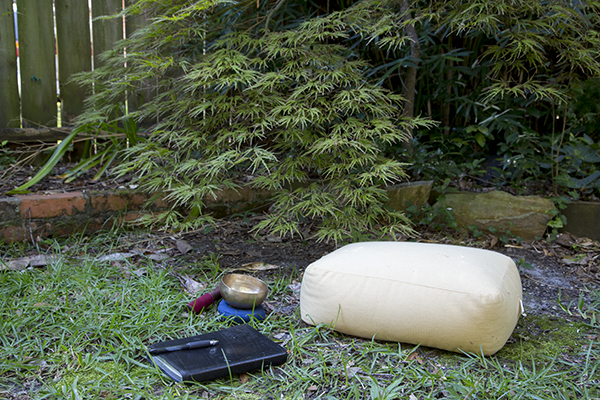Mindfulness of feelings can help with emotion regulation. We can practice relating skillfully with feelings by practicing being aware of when a feeling arises and noticing whether the feeling tone is pleasant, unpleasant or neutral, worldly or unworldly. Worldly feelings relate to the senses, and attachment to these feelings can lead to craving and clinging. Unworldly feelings, such as non-attachment, kindness, generosity or equanimity, can lead us toward greater freedom.
Feelings come and go like clouds in a windy sky. Conscious breathing is my anchor.
Thich Nhat Hahn
Once we are aware of the arising of feeling, we can breathe and inquire within, “What am I feeling?” Simply naming the feeling activates an area of the brain that begins to calm us. Keep breathing and inquire, “Where am I feeling it in my body?” Name the area of the body in which the sensations are arising and the quality of the beginning of the arising of the feeling in the body. Then inquire, “What is the quality of the sensations?” Notice the temperature, intensity and other details related to the sensation.
See if you can stay with descriptive words such as heat, warmth, coolness, dull, aching, sharpness, burning, searing, tearing, etc. rather than vague words such as “pain.” Simply breathe and notice the sensations. This can help to maintain the attention on the sensation and may also help to reduce reactivity to the sensation. Try resting your attention on the sensation and notice what happens.
When the mind wanders, bring the attention right back to the sensations in the body. Then try to notice the passing away of the feeling. Through mindfulness of feelings practice, being aware of the impermanent nature of feelings, their rising, cresting and passing like a wave, we can relate with them more skillfully in a way that increases peace and freedom and decreases suffering.
Sign up for Jen Johnson’s email list to receive mindfulness in your inbox.
